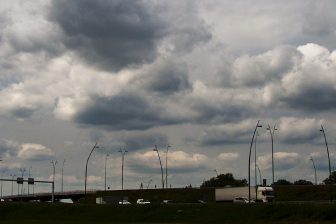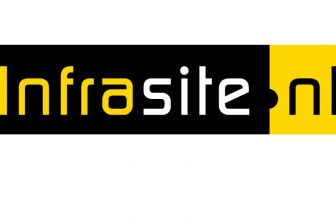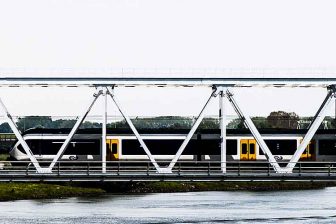Implementation 1st Railway Package on track
Brussels, Belgium – Correct implementation of EU legislation is one of the main priorities of the Commission. Three years after the deadline to transpose the European Directives of the 1st railway package, the European Commission reports today on concrete implementation in the Member States. Adopted in 2001, this legislative package is the first step aimed at reviving the railways by gradually creating a “railway area” which is integrated at a European level, in particular opening rail freight markets and to specify the conditions under which railway undertakings can access the railway infrastructure. The report concludes that legal implementation is completed; however, efforts have to be enhanced in some countries to ensure an effective regulatory framework and the satisfactory functioning of the rail service market. Member States must also complete the restructuring of their railway undertakings and adapt them to the new, open and competitive market context in the European Union.
Vice-President Jacques Barrot in charge of Transport said: “Implementation of the first railway package is crucial for revitalising the EU railway sector. Together with the 2nd railway package of 2004, the basic regulatory framework is now in place. Market integration in the rail freight sector already shows positive results in some Member States – we have witnessed new market entry and improved traffic performance. The modal share of rail freight has stabilised in Europe. It gives me hope for the future. The changes which have been started must now be completed in order to put the finishing touches to a European railway area which will serve European mobility and competitiveness.”
Concerning the legal implementation of the 1st railway package[1], the report underlines that Member States have to ensure the strict neutrality of the company or body responsible for granting non-discriminatory access to the railway network. In this respect the Commission considers that a strict institutional separation between infrastructure management and rail service provision is one option to ensure the required neutrality. However, other options such as a holding structure are compatible with EU legislation as long as the organisational and decision-making independence of the infrastructure manager is guaranteed through appropriate arrangements. In order to provide maximum transparency, non-discrimination and contribute to legal certainty the Commission’s services will assess the variety of solutions put in place by Member States, using a number of criteria defined in a working document: europa.eu.int/comm/transport/rail/overview/infrastructure_implement_en.htm
Member States must also endow their rail regulatory bodies and safety authorities with appropriate resources, competences and expertise. It is only in this way that they can function effectively to ensure non-discriminatory access to the network and a high level of safety. The full independence of these institutions is a key factor for their credibility.
For rail infrastructure charging, the report underlines the need to take the infrastructure charges for other modes into account. Rail infrastructure charges should be set at a level corresponding to the actual costs caused by rail traffic and should not be used for cross subsidies between freight and passangers.
The Commission also assesses trends in employment in the railway sector. After years of decrease mainly due to loss of competitiveness and to restructuring efforts to increase productivity, employment has recently been levelling off and new employment has even been created in newly set up railway companies and rail related services providers. In the future, efforts have to be reinforced to ensure an adequate level of training of the railway staff on open and integrated markets.
Finally the development of safety indicators for rail transport is very favourable. They show that the number of dead and wounded in rail accidents, which is already very small compared to other transport modes, is constantly diminishing while traffic volumes grow .
The report adopted 2006-05-03 was drafted following extensive consultations with stakeholders and is also based on the findings of a number of independent, external studies.
[1] Directives 2001/12/EC, 2001/13/EC and 2001/14/EC adopted in February 2001
U las zojuist één van de gratis premium artikelen
Onbeperkt lezen? Profiteer nu van de introductieaanbieding voor € 10,- per maand.
Bent u al abonnee?



